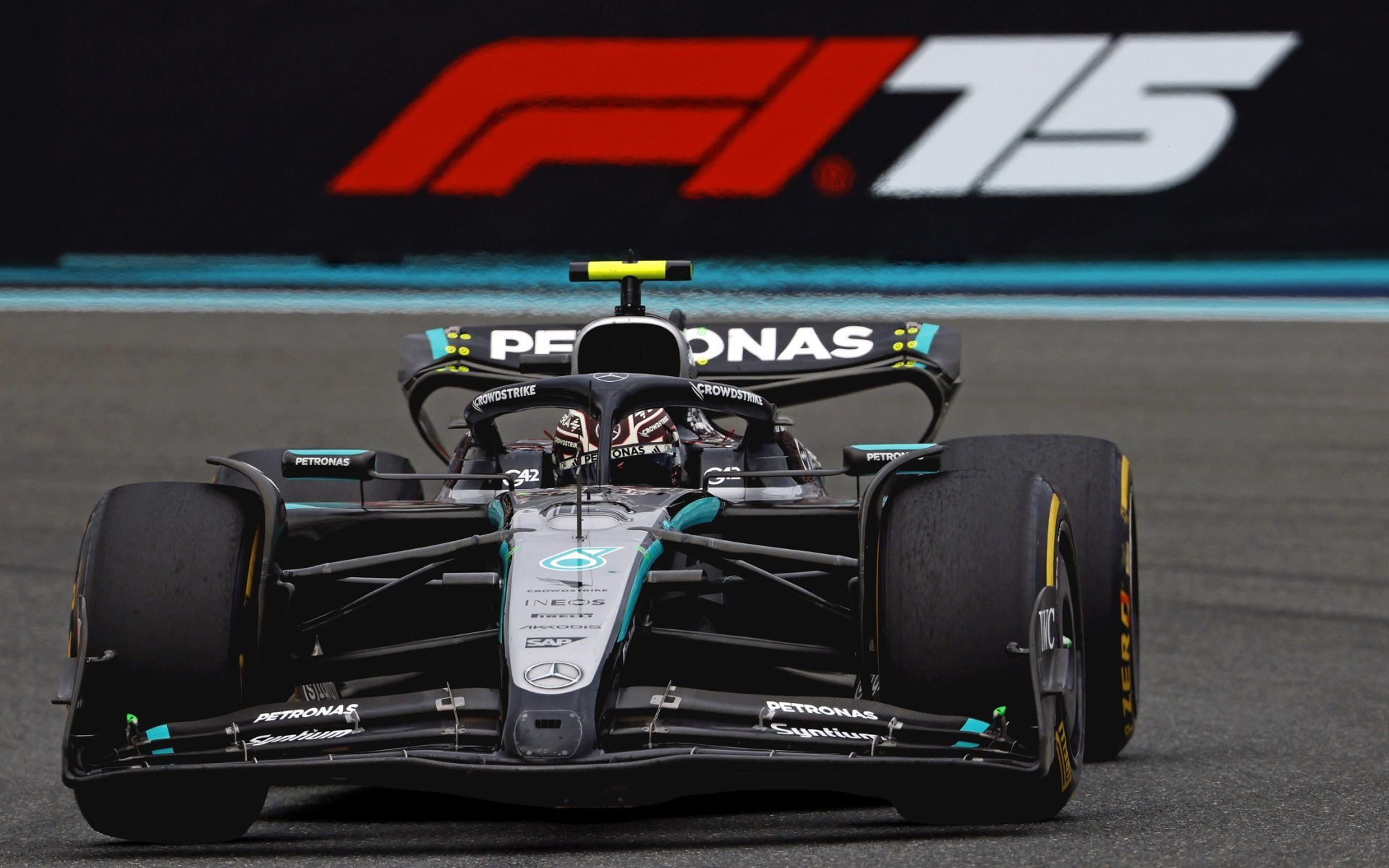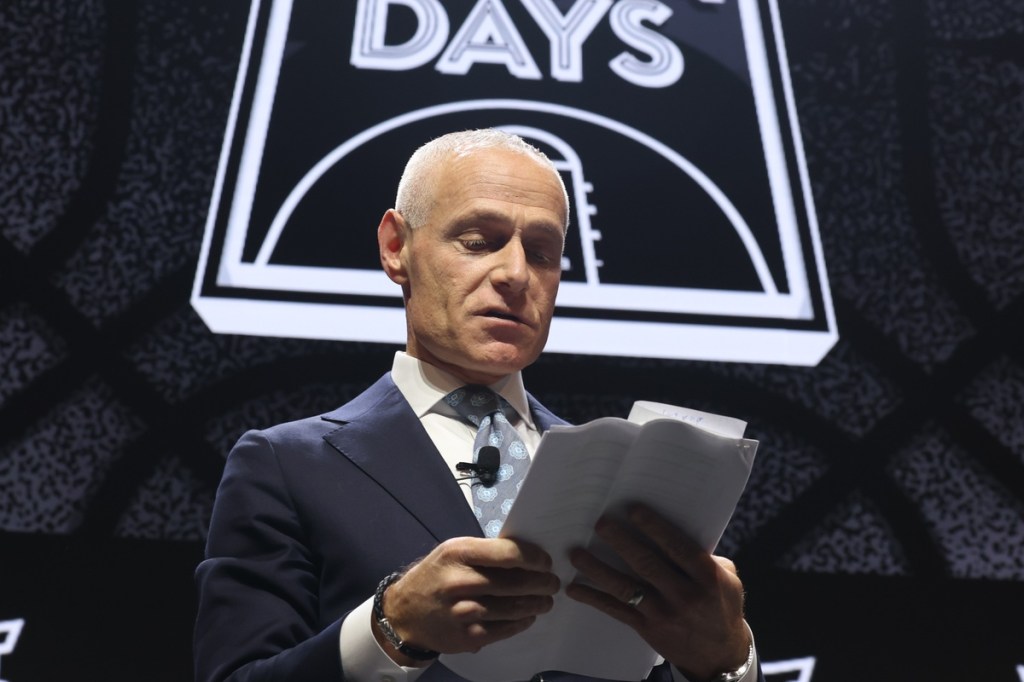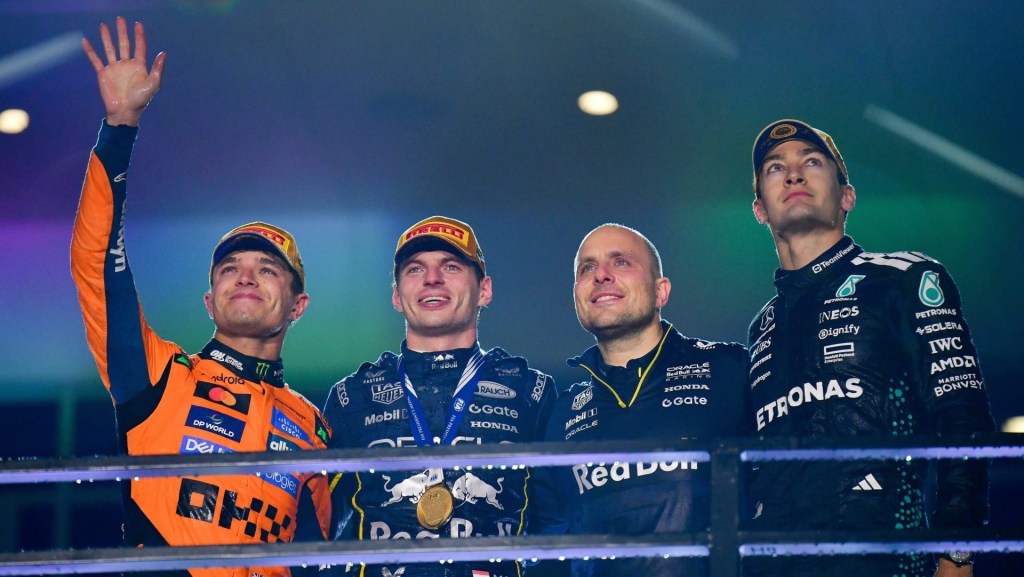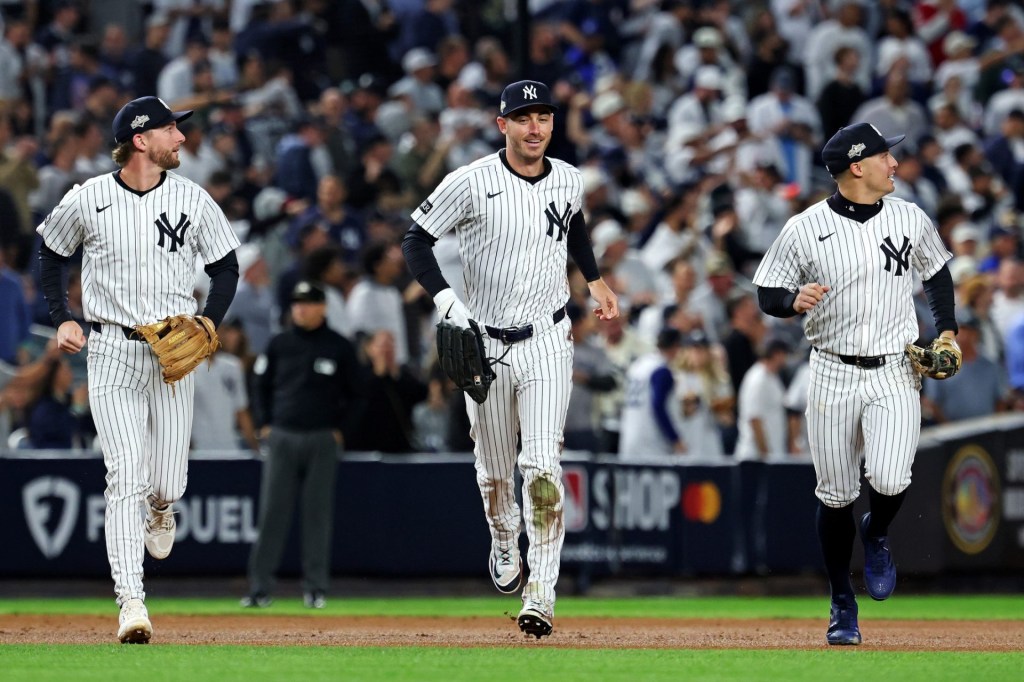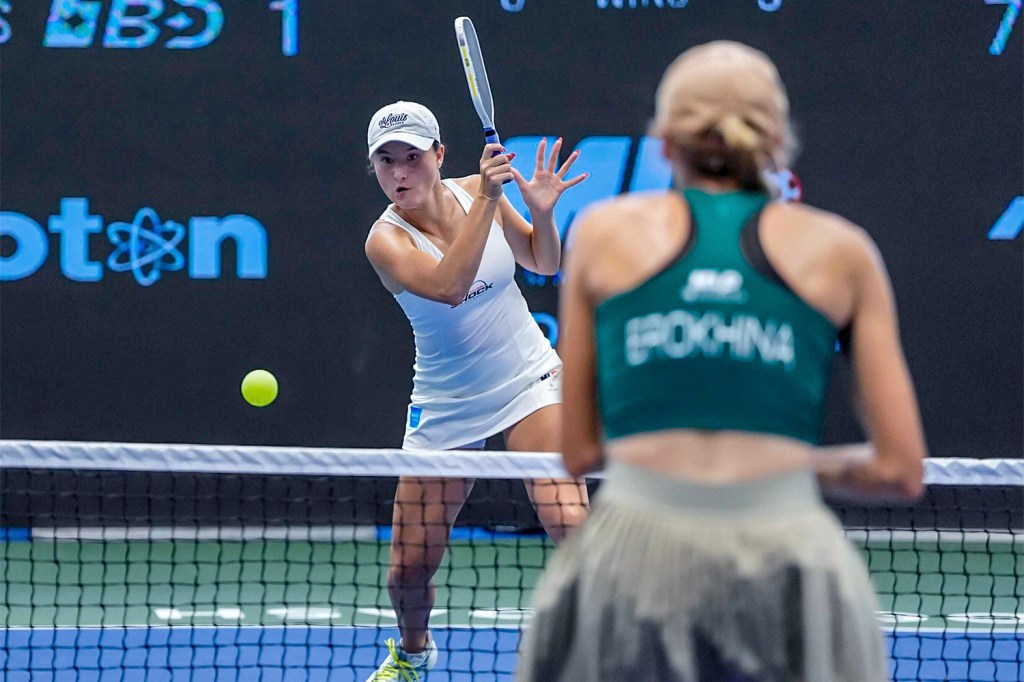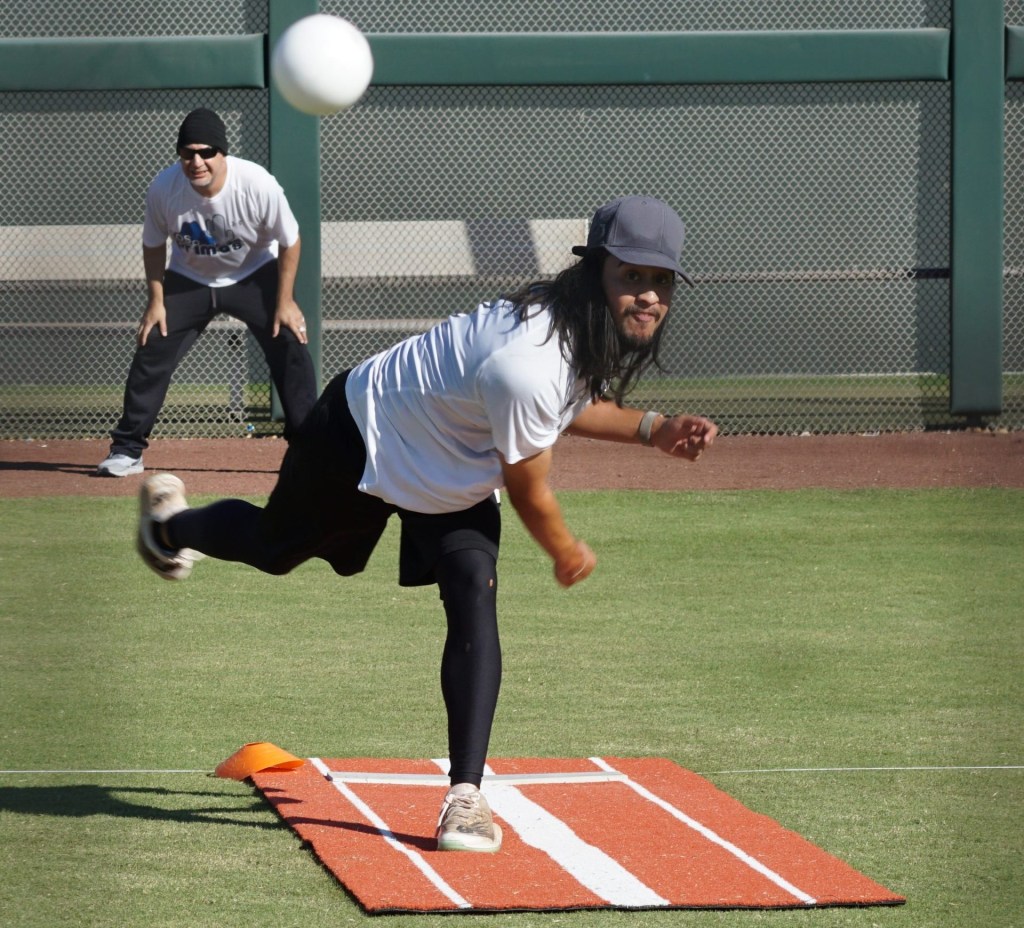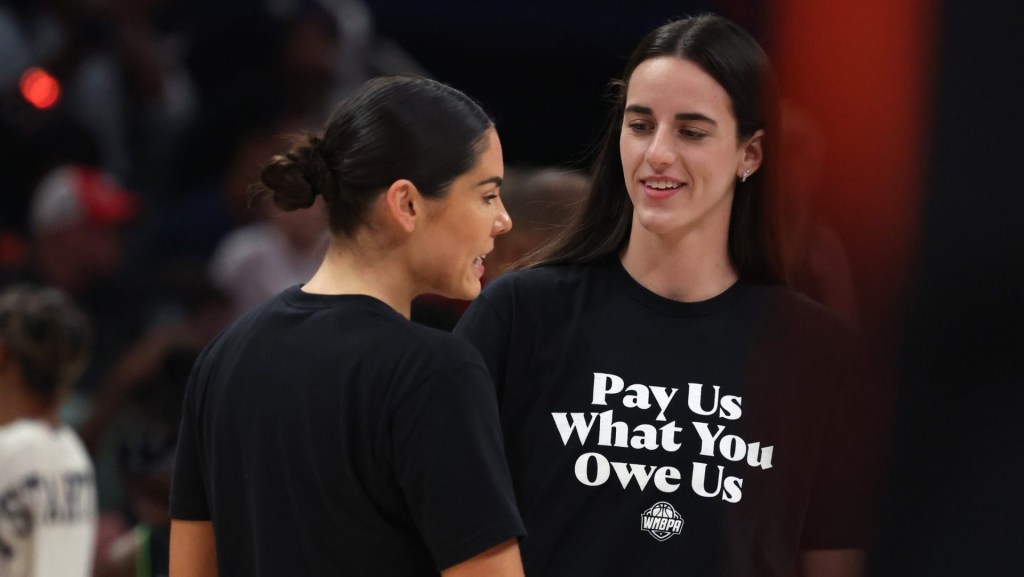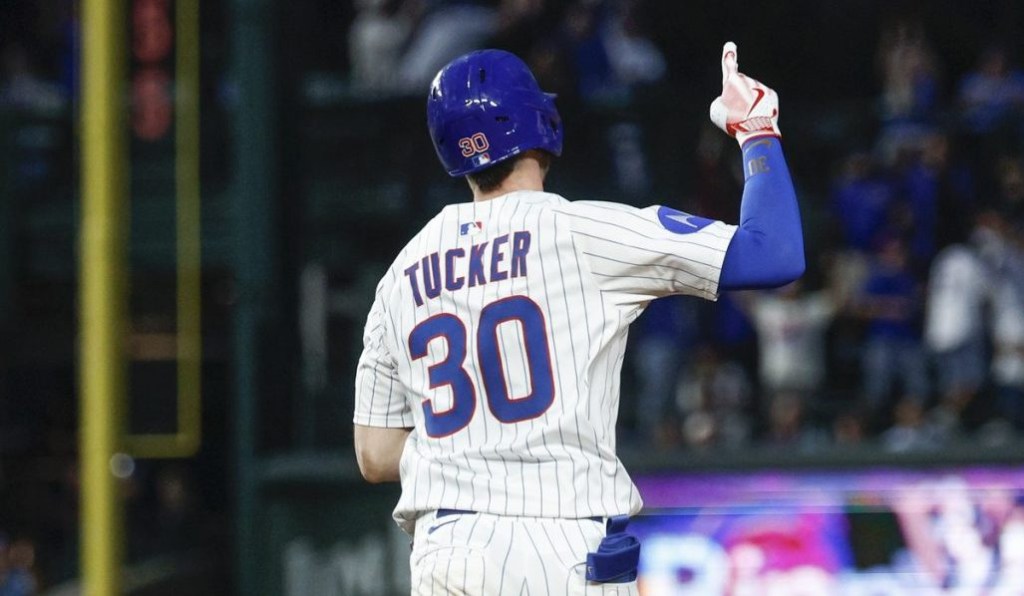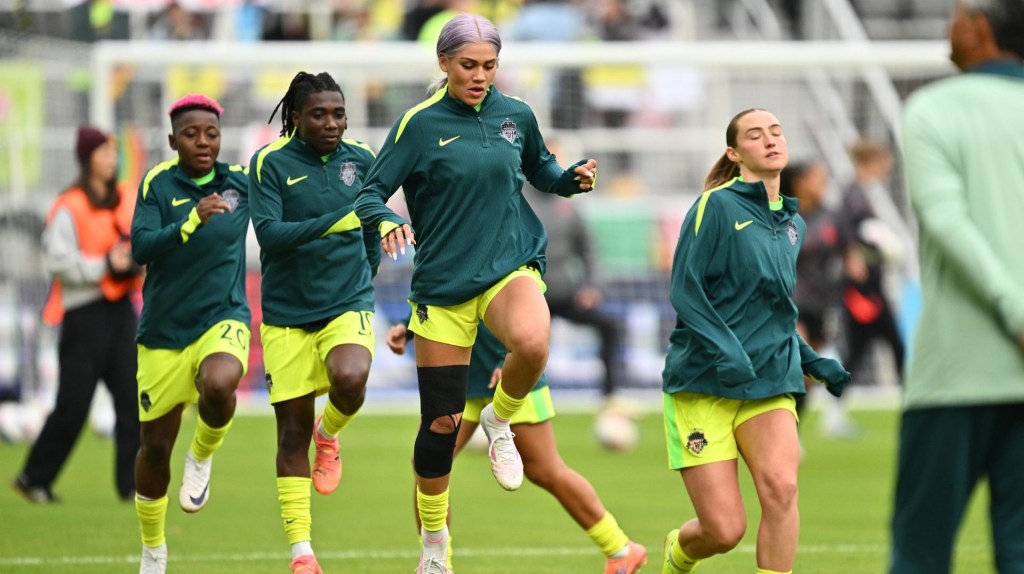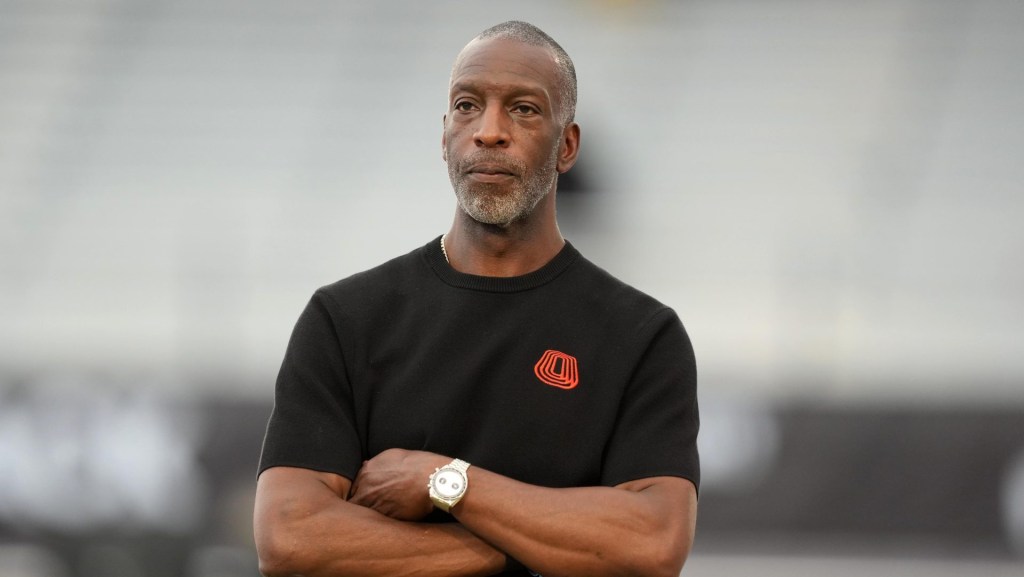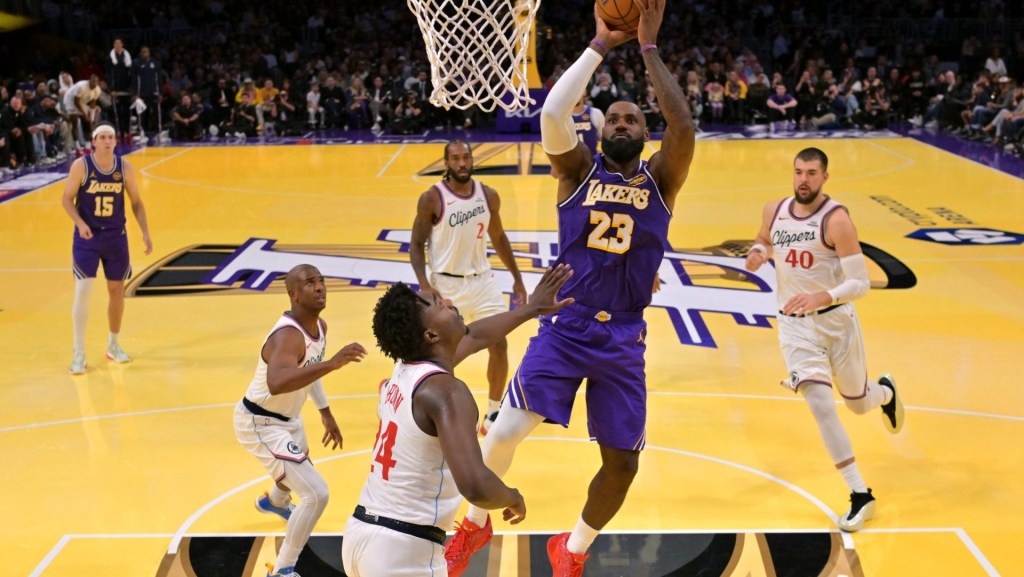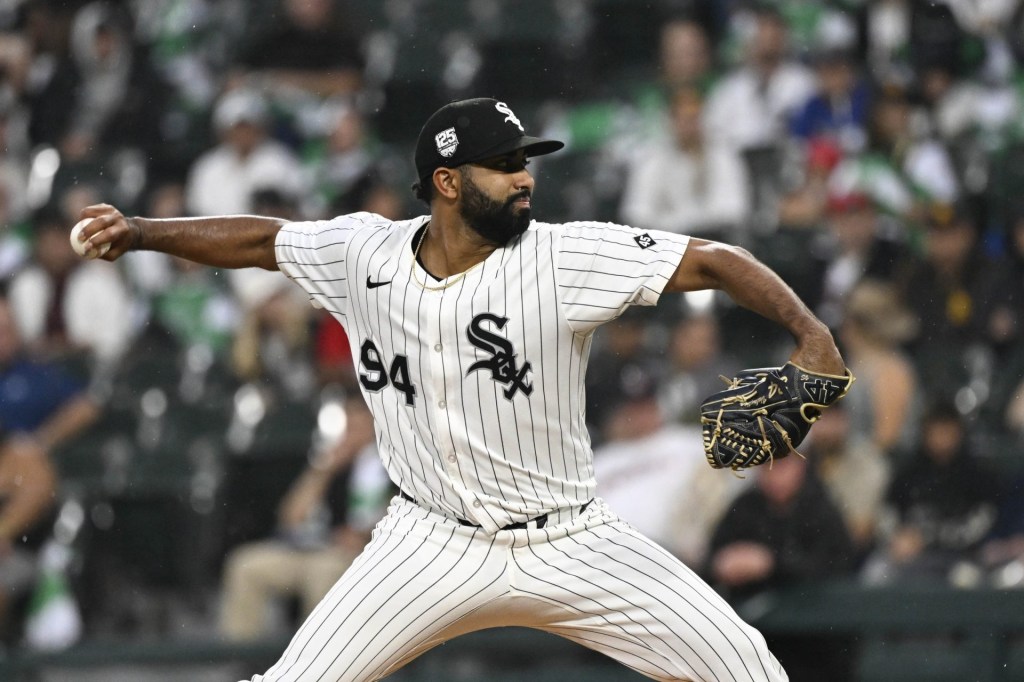Formula One just celebrated its 75th birthday, but the international racing circuit has only exploded in popularity in the U.S. over the past few years, thanks in large part to the acclaimed Netflix docuseries Drive to Survive as well as an increased presence in the U.S. thanks to newer race events like the Miami Grand Prix. With that added interest in F1 comes an added curiosity about how to become an F1 driver.
F1 drivers are part of one of the most exclusive clubs of athletes in the world, as there are currently only 20 of them in the world across 10 teams.
Below, we’ll explore the preferred career path, qualifications, skills, and experience needed to break into international racing’s highest level as a driver.
Path to Becoming an F1 Driver
As is the case with any high-level athlete, the path to becoming an F1 driver typically starts at a young age. According to PlanetF1.com, the youth level of motorsport racing involves racing go-karts and is called karting. Drivers typically start at this level via their local karting club at some point between the ages of 8 and 14 years old, but can start as young as 4.
If a driver wishes to take the next step after karting toward a professional racing career, they then enter a faster single-seat racing category, provided they have the requisite skill to do so. The specifics of this level vary depending on the country. In the U.S., the most common entry-level category for male aspiring professional drivers is Formula 4.
Racers then need to progress through several lower-level racing series sanctioned by the FIA (Fédération Internationale de l’Automobile or International Automobile Federation, motorsports’s international governing body). The most common path would be through National FIA Formula 4 Championships, Formula Regional (for U.S. drivers, that would be Formula Regional Americas), Formula 3, and Formula 2, though there are several other routes and factors to consider, including the ability to skip levels depending on achievements and point totals. There is also the F1 Academy, an accelerator program for young female drivers run by Formula One itself, which is roughly equal to Formula 4 in FIA points level.
That puts the drivers on a path to qualifying for an FIA Super License, which grants drivers eligibility to compete in Formula One.
Credentials Needed
To be eligible to compete in Formula One, drivers must acquire an FIA Super License, which can be done by meeting the following criteria, per F1.com:
- Complete at least 80% of two separate seasons among the FIA’s certified single-seater championship series, such as Formula 3, Formula 2, the Japanese Super Formula, IndyCar, or the NASCAR Cup Series.
- Pass a knowledge test on the International Sporting Code and F1 rules and regulations.
- Accumulate 40 points in three years across the FIA’s certified single-seater championship series.
- Point totals vary depending on the specific series and placement of the driver. For instance, first place in Formula 2 or IndyCar earns 40 points while third place in the National FIA Formula 4 Championships earns seven points.
- There are a handful of alternate ways to earn smaller point totals as well, such as clean driving in top competitions and winning the FIA Formula Regional World Cup.
- Pay a fee of more than 10,000 euros plus additional costs depending on point totals, per RacingNews365.com.
Until mid-2024, FIA rules also stipulated drivers had to hold a current FIA International Grade A license, be the holder of a valid driving license in their home country, and be at least 18 years old at the start of their first F1 competition, per F1.com.
But those rules have been relaxed in recent years. Kimi Antonelli, currently part of Mercedes’s F1 team, earned his FIA Super License at 17 years old after those requirements were waived last year. Max Verstappen also obtained his Super License and started his F1 racing career at 17 years old in 2014, per RacingNews365.com.
Skills and Resources Needed
In addition to an FIA Super License, drivers must have a highly specific combination of physical attributes and financial resources to start progressing towards a career in Formula One.
- Financial resources: In addition to the FIA Super License fees mentioned above, racing at any level costs tens of thousands of dollars. According to PlanetF1.com, finance is one of the most prohibitive reasons why children at grassroots levels stop competing or cannot even start in the first place. Even low-level karting can incur costs of more than 10,000 euros per year, per the University of Lancashire. On the other end of the spectrum, financial and sponsorship resources can outweigh talent when securing an F1 spot, as teams will give a spot to drivers who can provide an investment in a phenomenon known as “pay drivers,” per PlanetF1.com.
- Patience: The road from karting to F1 often takes around a decade if not longer, a stretch that often spans a driver’s entire adolescence from childhood to early adulthood, per the University of Lancashire.
- Peak physical condition: They may not move their bodies much compared to most of their fellow world-class athletes, but F1 drivers must keep their bodies extremely fit in order to endure the multiple Gs of inertia that accumulate when driving at such high speeds. According to PlanetF1.com, F1 drivers are virtually required to be some of the best athletes in the world to deal with factors like heat—a driver could lose as much as seven pounds of fluids when racing in hot, humid conditions—as well as peak arm and neck strength and hand-eye coordination to execute pivotal driving adjustments at a split-second’s notice during a high-speed race.
- Time commitment: Acquiring the requisite amount of experience and skill to become and remain an F1 driver requires a massive sacrifice of free time during both adolescence and adulthood. That includes weekends spent racing, extensive travel commitments, exhaustive physical training to maintain the condition outlined above, and thousands of hours spent on practice laps to improve driving skills.
- Elite driving skill: This one is self-evident, but it bears repeating that with only 20 F1 driver spots currently available, drivers must be at the absolute peak of their profession skill-wise when it comes to controlling and maintaining their vehicles to secure one of those slots amid intense competition. F1 teams will often be quick to make replacements among their two-driver teams if one of those drivers is underperforming.
Salary Expectations
F1 driver annual earnings range from the high six figures to the roughly $65 million per year that four-time F1 world champion Max Verstappen currently makes from Red Bull Racing, per RacingNews365.com.
Seven-time champion Lewis Hamilton, who made a highly publicized team switch from Mercedes to Ferrari after the 2024 season, is currently making roughly $60 million this year, while his Ferrari teammate Charles Leclerc is currently making roughly $34 million.
On the other end of the scale, young drivers Jack Doohan and Isack Hadjar—who have since been demoted by their respective teams Alpine and Red Bull, after poor starts to the 2025 season—were set to make somewhere between $500,000 and $1 million this year.
Job Outlook for F1 Drivers
The best way to secure a coveted spot on a Formula One team is to be scouted on a lower-level circuit and be offered to join that team’s academy, per PlanetF1.com. That allows drivers to receive expert coaching and take advantage of the vast resources offered by teams with household names such as Mercedes, Ferrari, and Red Bull Racing, for instance. Several current top F1 drivers were developed at elite academies, such as Max Verstappen with the Red Bull Junior Team.
But keep in mind that there are only 20 F1 driver spots available, providing for an extremely competitive field where only the best of the best truly have job security.
Want more of the latest news surrounding the business of F1, along with every other major sports league? Be sure to sign up for our flagship newsletter, “The Memo,” for more great content, special access, and insight.
